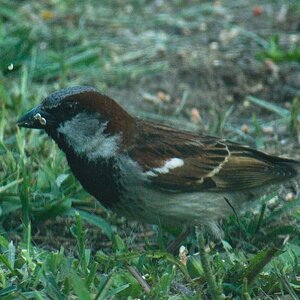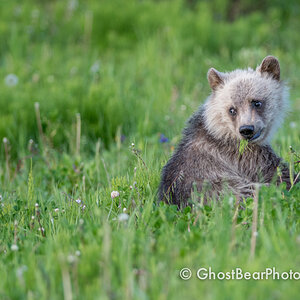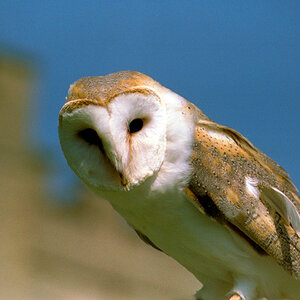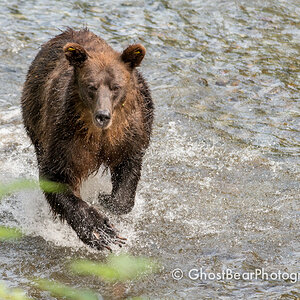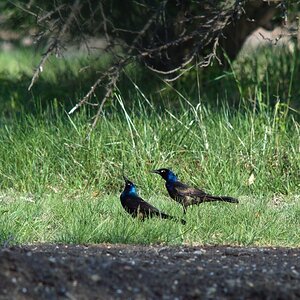Xander
TPF Noob!
- Joined
- Dec 9, 2008
- Messages
- 29
- Reaction score
- 0
- Can others edit my Photos
- Photos OK to edit
We've been taking TONS of pics of wildlife, especially deer. It seems that our 200mm isn't cutting it. Would a 70-300mm zoom be something that would be better? We would like to have VR since we are on the move and not stationary. But would the extra 100mm be worth the money and what lens would be best?


 Now I know for sure you shoot Nikon.
Now I know for sure you shoot Nikon.
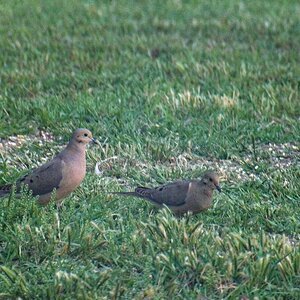
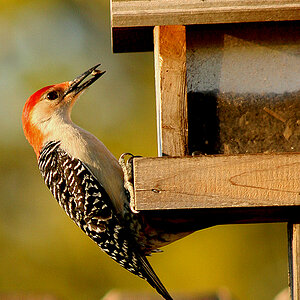
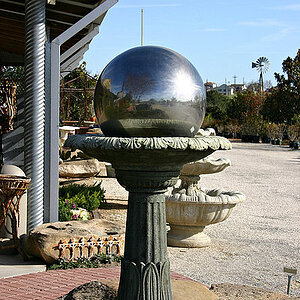
![[No title]](/data/xfmg/thumbnail/34/34125-d7028823900ffcf1cfce62bf748dea24.jpg?1619736295)

![[No title]](/data/xfmg/thumbnail/34/34126-2956b6786a44f993f9aad43e097be84c.jpg?1619736297)
